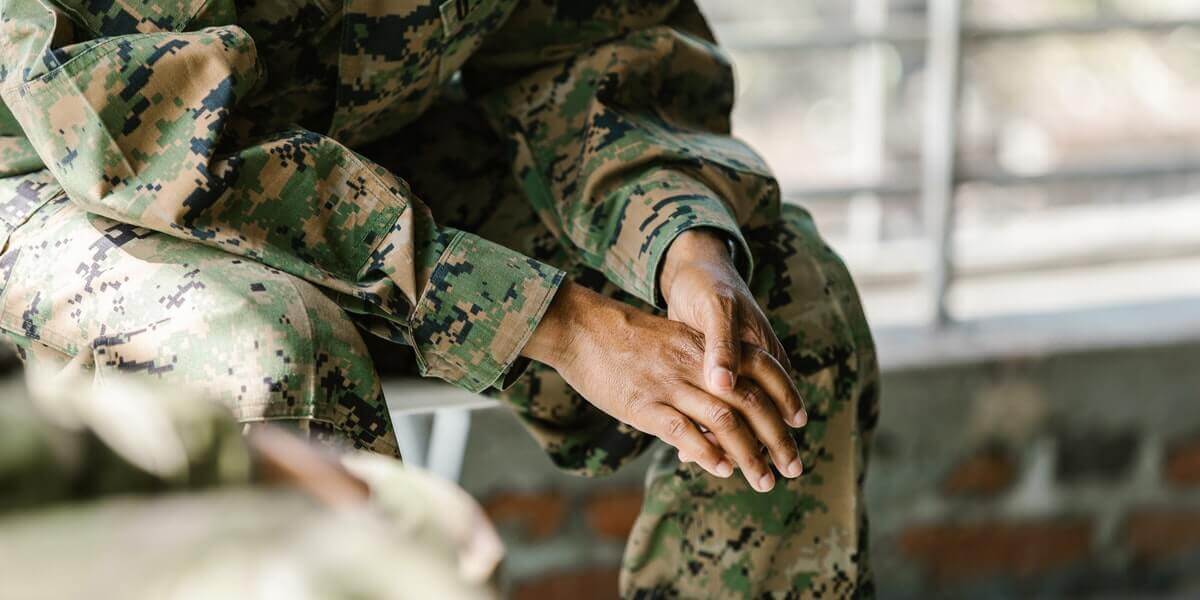When developing an Individualized Education Program (IEP) for a student, there are many legal considerations that must be accounted for to ensure that the IEP is effective. The Individuals with Disabilities Education Act (IDEA) mandates that every child with a disability be found eligible to receive a Free and Appropriate Public Education (FAPE). The mechanism for providing a FAPE to a child with a disability is the development of an IEP. To effectively develop an IEP, the Committee on Special Education (CSE) must adhere to legal requirements, collaborate with IEP team members, and consider differing cultures and backgrounds.
The IDEA ensures that children with disabilities receive the support and services necessary to access their education and thrive within the school environment. To achieve these goals, schools are required to follow an IEP, which is a written, legally binding document that outlines the educational program created to meet the unique needs of the student. The ultimate purpose of an IEP is to enable the student to make meaningful progress toward meeting their goals and objectives.
Ready to book your consultation? Click below to pay our consultation fee and book your meeting with an attorney today!
Section 300.320 of the IDEA governs the development of IEPs and delineates the required portions of an IEP to make it compliant with the law. Under the IDEA, an IEP is effective for a period of one year and must be reviewed and updated every year upon expiration.
A legally sufficient IEP includes the following:
1. Present Levels of Academic Achievement and Functional Performance
The Present Levels of Academic Achievement and Functional Performance section, or “PLOPS,” is meant to provide a comprehensive picture of the student’s disability, how their disability manifests in the educational setting, impacts their daily lives, and how the student is or has progressed in the general education setting. To draft an appropriate PLOPS section of an IEP, the IDEA mandates that CSE complete comprehensive assessments of the student to ascertain their strengths, weaknesses, learning style, successful interventions, and more. The results of the assessments not only frame the PLOPS section but also provide the CSE with a complete picture of the student’s disability and ensure that the services recommended and the goals developed on the IEP are accurate.
Essential to the PLOPS section are parental concerns, as a student’s parents can often share valuable information on how the student’s disability manifests in all settings, especially those outside the classroom. The PLOPS section should include information on all of the evaluations and assessments conducted, any teacher and related service provider progress notes, the student’s social and emotional development, and the student’s physical development. The PLOPS section is vital to the IEP, as all goals, specialized instruction, related services, accommodations and modifications are developed from the information provided within.
Parents are encouraged to review their child’s PLOPS section thoroughly to ensure that all of the necessary information is present before moving on to other sections of the IEP.
2. Measurable and Annual Academic and Functional Goals
The purpose of an IEP is to provide the student with services and accommodations to allow them to access their education and thrive in the educational environment. To determine whether those services are working, an effective IEP must have academic and functional goals developed, which describe what skills, knowledge, academics, or benchmarks the student is expected to achieve within the school year. The goals should be clearly articulated and relate directly to the student’s unique needs identified in the PLOPS section of the IEP.
Along with the goals themselves, the IEP must describe how progress on those goals will be measured, so that when the IEP is reviewed annually, the CSE can determine if the student met the goals set out for them. For each academic subject, related service, or accommodation identified as an area of need for the student, at least one goal should be developed.
The IEP must also clearly identify how the student’s progress on the goals will be reported to the parents, and the frequency with which this information will be shared.
3. Specialized Instruction and Related Services Mandates
Arguably one of the most important and contentious parts of the IEP process are the specialized instruction and related services mandates developed by the CSE for the student. This section of the IEP delineates exactly the type of classroom the student will learn in every day and what services will be provided to help the student achieve their goals.
Specialized Instruction and Participation in the General Education Setting
Examples of specialized instruction can include a general education classroom, an Integrated Co-Teaching classroom, or smaller settings such as a 12:1:1 (12 students, 1 special education teacher, 1 teacher’s aide) or 8:1:1 (8 students, 1 special education teacher, 1 teacher’s aide) classroom ratio.
The type of classroom the student will learn in will heavily depend on the information present in the PLOPS section of the IEP. The IDEA has a Least Restrictive Environment (LRE) provision, which mandates CSEs to ensure that students receiving special education services are engaging and educated with their peers in a general education setting as much as possible. The goal of the LRE provision is to foster an inclusive and integrated educational setting. Given the LRE requirements, a decision to place a student in a smaller setting, such as those described above, would need to be supported by the student’s evaluative and assessment data and must be evaluated on a yearly basis to determine if a smaller setting is still appropriate.
If the student will not be placed in the general education setting, the IEP must outline the extent to which the student will participate in the general education setting and how the student will interact with non-disabled peers. This section will need to specify what support and accommodations are required to enable the student to participate in the general education setting as much as possible. If the student will not be participating in the general education setting at all, the IEP must specify why that is the case and what the plan is for the student to eventually participate.
Related Services Mandates
Related services are developmental, corrective, and supportive services that are mandated on a student’s IEP to assist the student with their disability and accessing their education in both the special education and general education curriculums. Related services may include services such as speech-language therapy, physical therapy, occupational therapy, counseling, or assistive technology. To recommend these services on a student’s IEP, evaluations and assessments of the student in these areas must be conducted. As mentioned above, all recommendations on the student’s IEP must be based on evaluative and assessment data, which must be presented in the PLOPS section of the IEP.
For every related service mandated on the student’s IEP, the IEP must list when the service begins, the frequency (how often the service takes place), the location (in a separate room or in the classroom), and the duration (how long the service session will be). Once delineated on the IEP, the related service must take place the way it is written on the IEP and can only be changed upon a new IEP review. Therefore, it is imperative that this language be precise and accurate.
Accommodations and Modifications, or “Management Needs”
In addition to related services, the IEP can recommend accommodations and modifications, sometimes labeled as “Management Needs” on the IEP. This section of the IEP specifies which environmental modifications can be made and what human and material resources can be provided to assist the student in benefiting from instruction. Like all other services provided on the IEP, the Management Needs provided to the student must be based on the information in the PLOPS section of the IEP and must be specifically related to the student’s disability.
Examples of Management Needs might include preferential seating, use of a calculator, testing accommodations such as test questions read aloud or extended time, use of a planner, sensory breaks, and more. Ultimately, the purpose of this section of the IEP is to provide a list of “real-time” accommodations that teachers can utilize in the classroom to allow students to access their education and benefit from it.
4. Participation in State and District-Wide Assessments
Students are required to participate in state- and district-wide assessments. Under the IDEA, a student’s IEP must identify whether the student will be participating in the assessments and what accommodations, if any, are required to measure the student’s academic achievement and functional performance on the assessments. If the CSE determines that the student should take an alternate assessment instead of the regular state or district-wide assessment, the IEP must specify why the student cannot participate in the regular assessment, which alternative assessment they will participate in, and why that specific assessment is appropriate for the student.
You can contact us 24 hours a day, 7 days a week via phone at 8885294543, by e-mail at info@tullylegal.com or by clicking the button below:
5. Transition Services (For Students 16 Years and Older)
Once a student turns 16 years old, all IEPs thereafter must include transition services. Transition services are mandated on a student’s IEP to help them achieve post-secondary goals related to learning, living, and working within the community after high school graduation. Ultimately, the purpose of transition services is to prepare the student for adulthood. To develop transition services, the CSE should meet with the student and assess their goals for post-high school, whether those be work goals, education goals, or otherwise. The CSE will then develop appropriate and measurable post-secondary goals to assist the student in transitioning to next-level education, employment, independent living skills, and more. The IEP must also include a plan of action for the transition services needed for the student to achieve the post-secondary goals developed.
While the sections listed above are required on the IEP under the IDEA, nothing in the IDEA precludes the CSE from including additional information not required. The purpose of an IEP is to provide the student with the most comprehensive plan possible that considers the student’s disabilities and paves a path forward to educational benefit and meaningful progress. Parents frequently bring advocates, attorneys, or other specialists to the CSE meeting. Considering the complex nature of the IEP, familiarizing yourself with its various sections and what is legally required to be within them allows parents to be active participants in their child’s education and ensure that the plan is the best it could be.
Sivan Zak is an associate at Tully Rinckey PLLC’s White Plains, NY, office, where she practices education law. Prior to joining Tully Rinckey, Sivan worked for the New York City Department of Education’s Special Education Unit as an agency attorney interne. There, she dedicated her time to investigating and litigating special education cases filed against the City for allegations of Free Appropriate Public Education (“FAPE”) violations under the Individuals with Disabilities Education Act (“IDEA”). She can be reached at info@tullylegal.com or at 8885294543.








